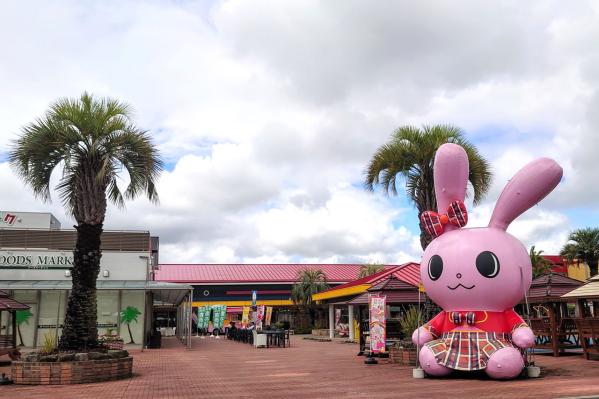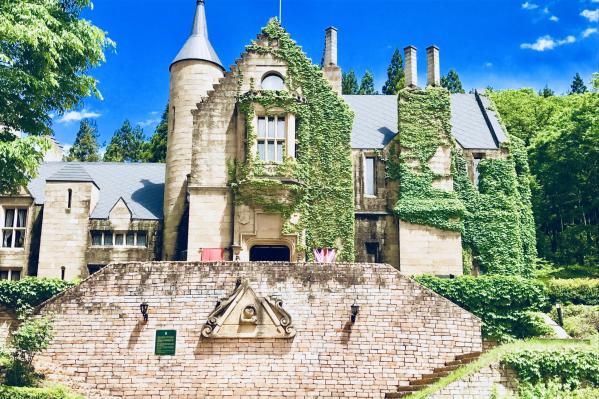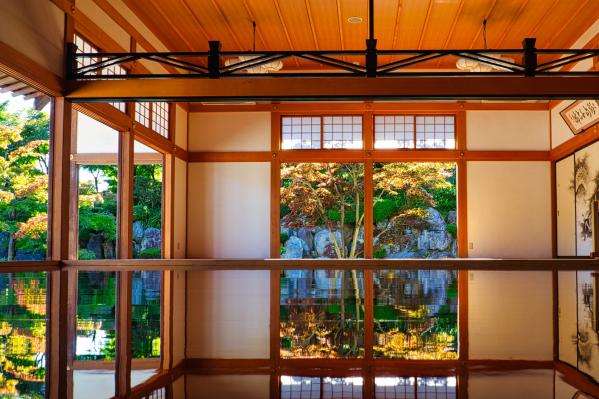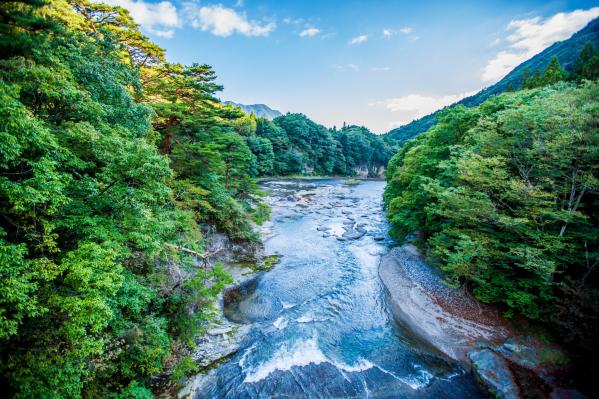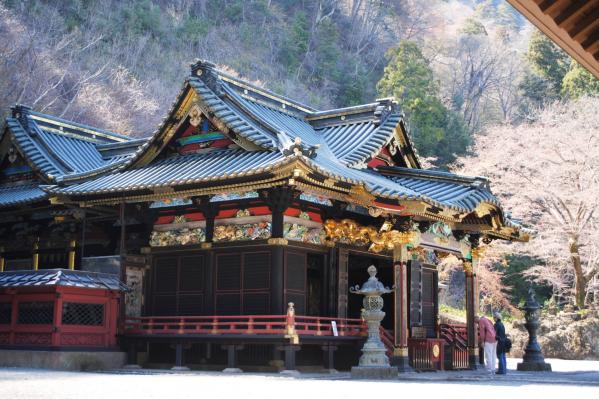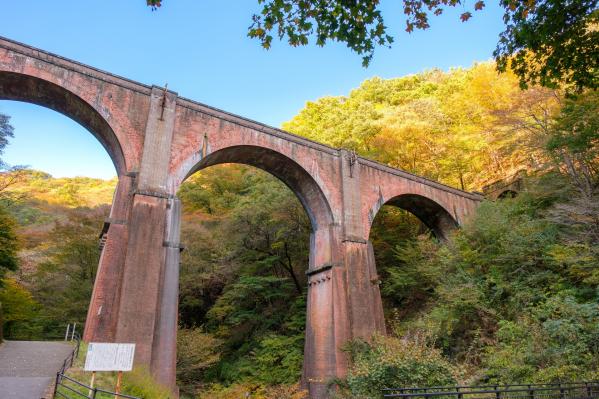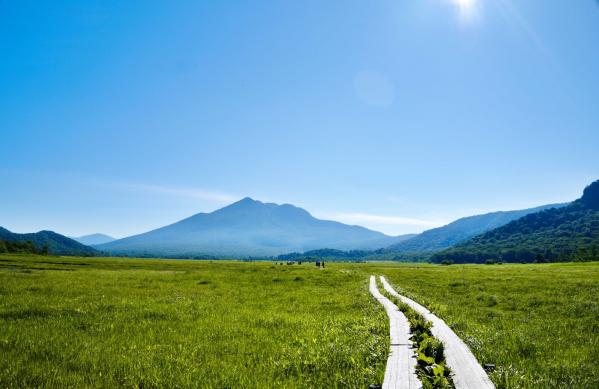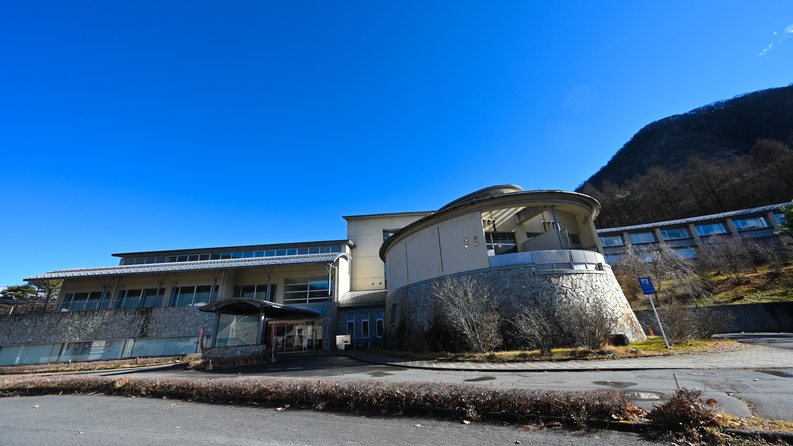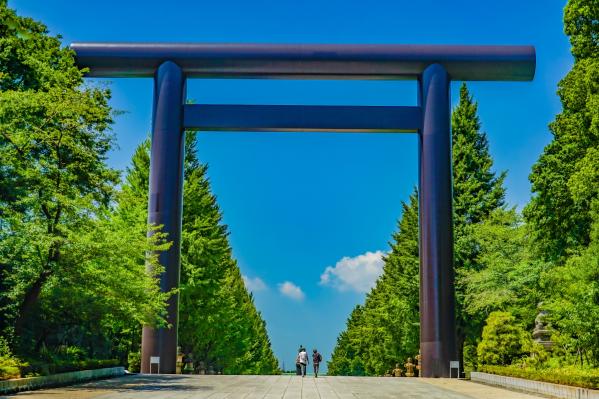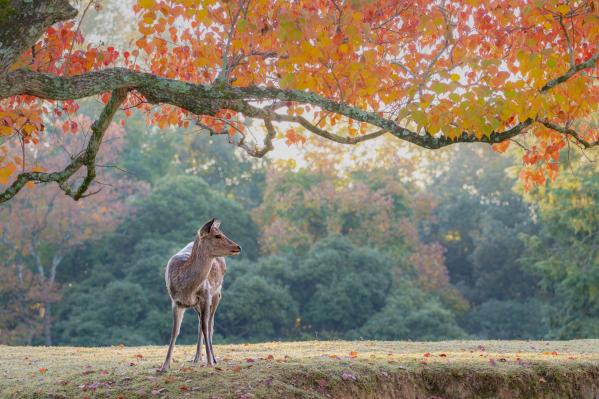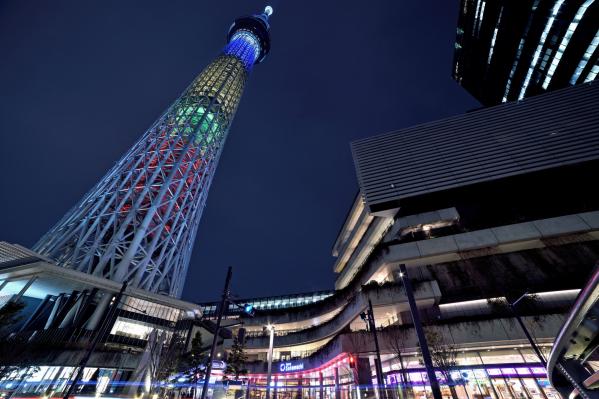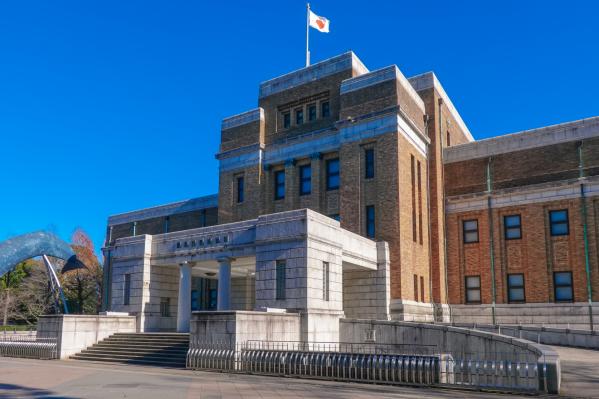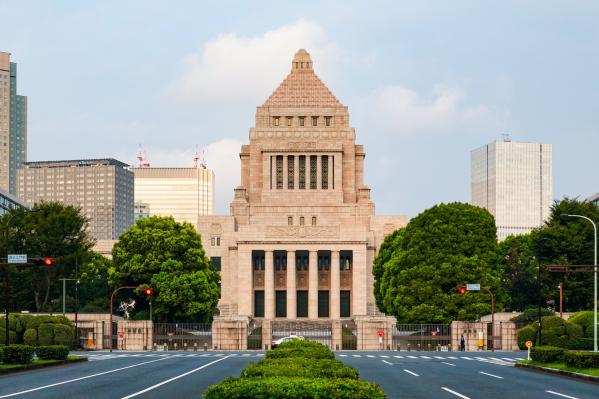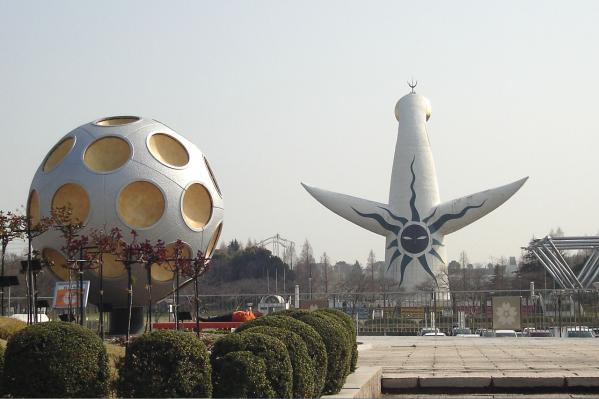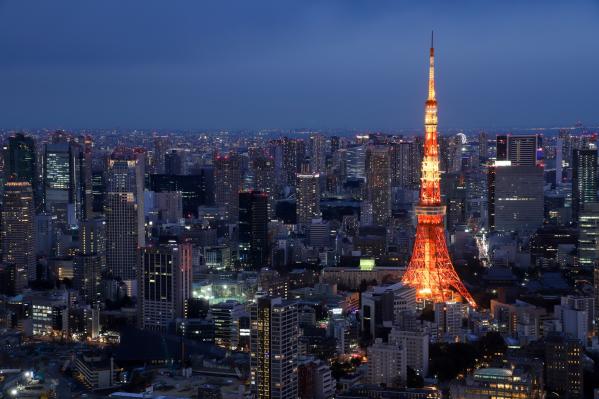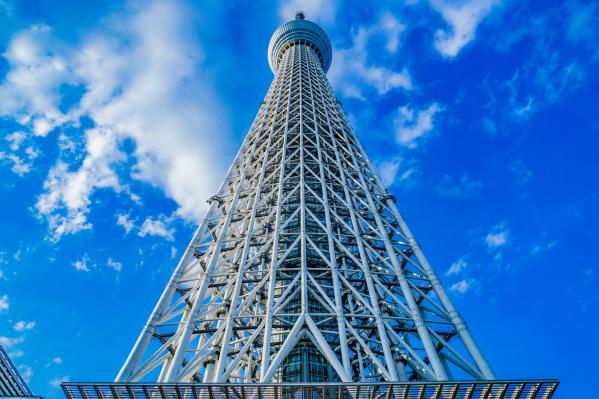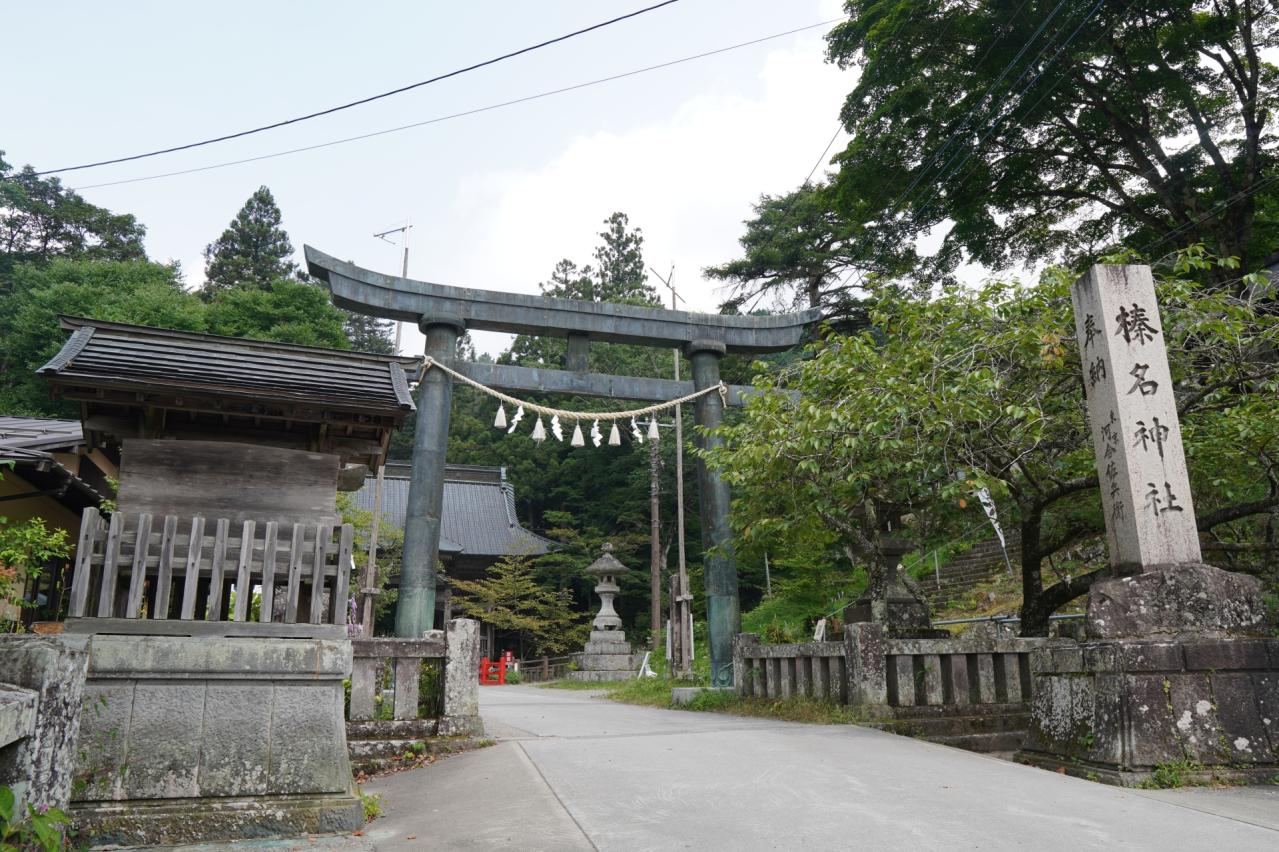
Haruna Shrine
Basic Information
- Spot Name
- Haruna Shrine
- Location
- 〒370-3341 849 Harunasan-cho, Takasaki-shi, Gunma-ken, Japan
- Access
- From JR Takasaki Station, take a bus and get off at "Haruna" stop.
- Parking
- Parking available
- Business Hours
- Free to explore (Shrine office open from 9:00 AM to 4:00 PM)
- Contact Information
- Phone Number:027-374-5111
- Official Website
Map
Detailed Information
Haruna Shrine is an ancient shrine located on the slopes of Mount Haruna in Takasaki City, Gunma Prefecture, said to have been founded during the reign of Emperor Youmei (585-587). Mount Haruna is counted among the "Three Mountains of Jomo," along with Mount Akagi and Mount Myogi, and has long been revered as an object of mountain worship. Haruna Shrine, situated at the southwestern foot of this sacred peak, boasts a history of approximately 1,400 years.
The main deities enshrined are the fire god, Homusubi no Kami, and the earth goddess, Haniyamahime no Kami, believed since ancient times to bestow blessings such as the extinguishing of fire, abundant harvests, good fortune, and prosperity in business. It is also venerated as a deity for matchmaking and warding off evil, and in recent years has gained popularity as a power spot.
In the "Engishiki Jinmyocho," completed in 927, it is mentioned as one of the "Twelve Shrines of the Ueno Province," indicating that it was already a prestigious shrine at that time. In the medieval period, it flourished as a spiritual site for ascetic practices and was widely worshipped as a deity for rain prayers and rituals. Although it declined during the Warring States period, it was revived in the Edo period under the involvement of Tenkai Sojo (Jigen Daishi), a close associate of Tokugawa Ieyasu, and was placed under the control of Kan'eiji Temple. Afterward, Haruna faith spread primarily throughout the Kanto region as "Haruna Ko," becoming beloved by the common people.
Upon passing through the "Zuihimon" gate at the entrance of the approach, you enter a sacred area enveloped in deep green and clear streams. The approach features various points of interest, such as "Misogi Bridge," a statue of Jurolijin, "Senbon-sugi" lined with ancient cedar trees over 100 years old, and the peculiar rock formation "Kurakake-iwa," allowing visitors to enjoy a mystical landscape where nature and faith merge. Along the way, there are numerous highlights, including the only three-storied pagoda in the prefecture, the "Shinhoden" (designated as an Important Cultural Property of Takasaki City), and the 600-year-old "Yatate-sugi," under which Takeda Shingen is said to have prayed for victory in battle (designated as a Natural Monument by the nation).
At the back of the shrine grounds, you will find the "Soryumon," established in the 2nd year of Ansei (1855), and the "Main Hall, Offering Hall, and Worship Hall," established in the 3rd year of Bunka (1806), all designated as Important Cultural Properties of the country. The main shrine is built right in front of the massive rock "Misugatakaiwa," and the sacred object is enshrined within a cave. The shrine buildings are decorated in red and black, adorned with gold leaf, vibrant colors, and intricate carvings, representing luxurious architecture of the late Edo period, featuring engravings of the "Seven Sages of the Bamboo Grove" and figures such as Sima Qian.
In addition, the Kagura Hall, the National Ancestor Shrine, the Gazuhall, and the Zuihimon are also designated as Important Cultural Properties of the country, and the entire shrine precinct is preserved as a valuable cultural heritage. Furthermore, the "Jindai Kagura" performed by the Haruna Shrine Kagura Society is designated as an Intangible Folk Cultural Asset by the prefecture and is offered annually on February 15, May 5, and May 8.
The town at the entrance features registered tangible cultural properties in the form of lodgings that convey the charm of this historic shrine town. Haruna Shrine is a representative shrine of Gunma Prefecture, harmoniously combining nature, faith, and art, continually captivating visitors with its seasonal landscapes.
Haruna Shrine Movies
Gunma Tourist Attractions
View ListGunma Safari Park
Gunma Safari Park is a vast safari park where about 100 species and 1,000 animals live in an environment close to nature. Visitors can observe lions, zebras, giraffe...
Konnyaku Park
Konjac Park is a theme park where you can experience the charms of "konjac," a traditional Japanese ingredient. Here, you can enjoy free factory tours to learn about...
Lockheart Castle
Lockhart Castle is a historic fortress that has been relocated and restored from Scotland. Its beautiful location surrounded by majestic nature has gained attention,...
Hotokuji Temple
Hōtokuji is a historic temple founded during the Muromachi period. It is particularly famous for the "momiji on the floor" seen in the main hall, which is open to th...
Fukiware Falls
Fukiwari Falls is a magnificent waterfall that boasts a height of about 7 meters and a width of 30 meters. It gets its name from the appearance of a huge rock that s...
Myogi Shrine
Myogi Shrine is located at the eastern foothills of Myogi Mountain and Hakubun Mountain, famous for its peculiar rocks and formations, surrounded by majestic scenery...
Usuidai Sankyoryo (Megane Bridge)
Usui Pass Third Bridge is one of Japan's largest brick arch bridges, located in Usui Pass, Annaka City, Gunma Prefecture. Its elegant form has earned it the nickname...
Oze National Park
Oze National Park is the largest high-altitude wetland in Honshu, spanning the four prefectures of Gunma, Tochigi, Fukushima, and Niigata. From the snowmelt in May t...









